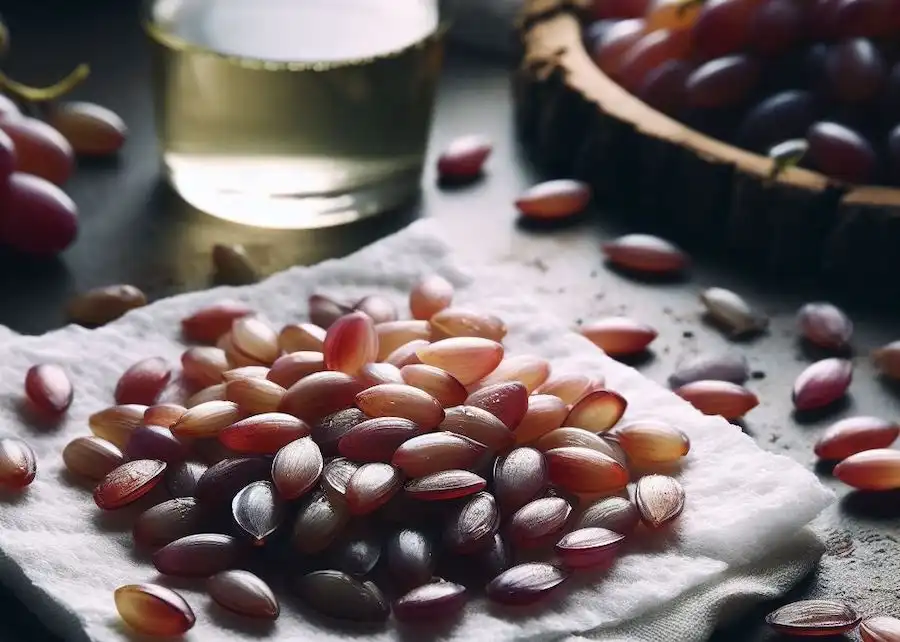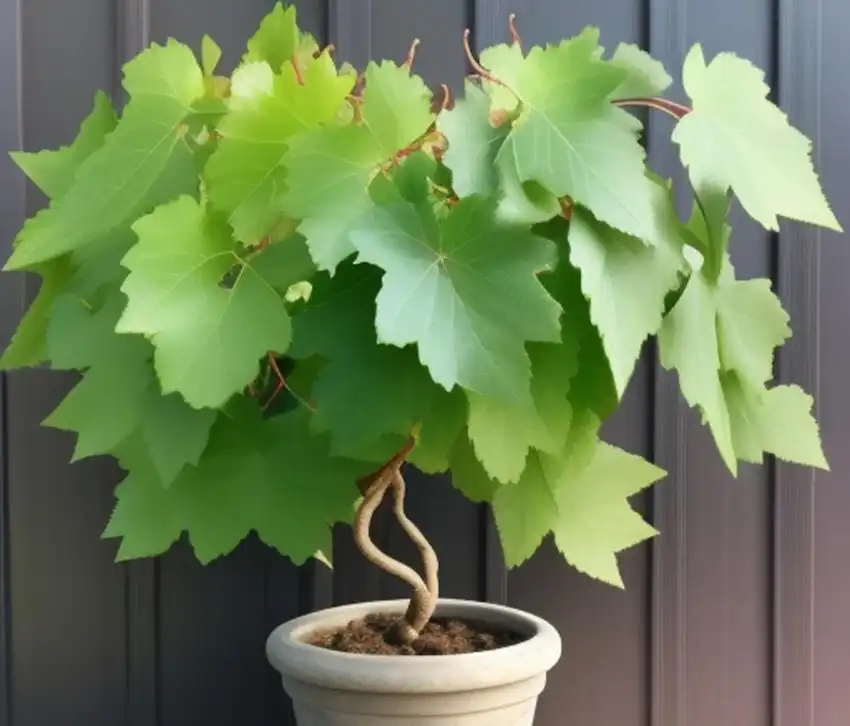
Grapes have been a favorite among humans for their delicious flavors and luscious clusters for centuries. While most grapevines are grown from cuttings or grafting, growing grapes from seeds in containers is an exciting and fulfilling adventure for gardening enthusiasts. It may require patience and attention to detail, but the rewards are well worth it. Let’s take a comprehensive look at how to grow grapes from seeds in containers, including expert tips and advice.
1. Acquiring Grape Seeds
To start your grape-growing journey, you’ll need seeds from the variety of grapes you want to cultivate. Extracting seeds from fresh grapes is simple:
- Choose ripe grapes from a healthy vine.
- Gently crush the grapes and separate the seeds from the pulp.
- Rinse the seeds to remove any remaining pulp or residue.
2. Seed Preparation

Before germination, it’s important to prepare the grape seeds to simulate natural conditions that trigger sprouting. Follow these steps:
- Place the seeds on a damp paper towel.
- Seal them in a plastic bag and refrigerate for 2-3 months. This mimics the winter period and prepares the seeds for germination.
3. Germination Process
After stratification, it’s time to initiate germination:
- Fill small containers with a well-draining potting mix, creating a small depression in the center.
- Plant the stratified seeds in the depressions, lightly covering them with soil.
- Keep the soil consistently moist, but avoid waterlogging.
- Place the containers in a warm, sunny location with temperatures around 70-80°F (21-27°C).
4. Tender Care and Maintenance
To ensure successful growth, follow these tips:
- Provide support for the young vines by tying them to stakes or a trellis as they grow.
- Regularly check the soil moisture and water when the top inch feels dry.
- Once the seedlings reach a few inches in height, thin them out, keeping the strongest and healthiest ones.
5. Transplantation and Container Tips
As your grapevines grow, consider these container-specific guidelines:
- Transplant the seedlings into larger containers as they outgrow their initial homes, giving the roots ample space to develop.
- Choose containers with adequate drainage to prevent waterlogging.
- Use high-quality potting mix enriched with organic matter to nourish the plants.

6. Special Tricks and Tips
Here are some additional tips that can help your grapevines thrive:
- Pruning: Regularly prune the vines to encourage strong growth and proper fruit development. Remove weak or excess shoots, focusing on promoting healthy branches.
- Fertilization: Apply a balanced fertilizer during the growing season to support robust growth. However, avoid over-fertilization as too many nutrients can harm the plants.
- Sunlight: Ensure the grapevines receive at least 6-8 hours of direct sunlight daily for optimal growth and fruit production.
7. Patience Rewarded
Growing grapes from seeds requires patience, but the reward is worth it. It may take several years for the vines to mature and produce fruit, but the joy of nurturing your own unique grape varieties from tiny seeds to fruitful vines makes the waiting worthwhile.
Embarking on the journey of growing grapes from seeds in containers is a fulfilling and gratifying experience. With careful attention, proper care, and these special tips, you’ll witness the transformation of tiny seeds into flourishing grapevines, ready to bear the fruits of your labor. Happy gardening!


